Five Key Points for the Development of China's Cotton Textile Industry
Source: | Date of issue:
2022-08-03
| Views:
key word: Five Key Points for the Development of China's Cotton Textile Industry
The first is to accelerate technological progress, the second is to adjust the product structure, the third is to strengthen brand quality construction, the fourth is to strengthen the integration of industrialization and informatization, and the fifth is to strengthen the summary and promotion of management innovation experience.
The factors that restrict and affect the development of the cotton textile industry still exist. Under the basically stable macro policy, enterprises should continue to adjust the product structure and accelerate technological progress in the face of changing markets.
The cotton problem still restricts the development of the cotton textile industry.
In 2012, affected by a series of factors such as the complex and volatile macro-economy at home and abroad, and the upside down of cotton prices at home and abroad, cotton textile enterprises encountered many difficulties in their development.
At the fourth enlarged meeting of the fourth council of the China Cotton Textile Industry Association held on April 2-3, cotton textile enterprises had in-depth discussions with the National Development and Reform Commission, the Ministry of Industry and Information Technology, the Ministry of Agriculture, the Ministry of Commerce, the China Cotton Association, the China Cotton Trading Market, the China National Reserve Cotton Management Corporation and other relevant departments on issues such as cotton storage policy, cotton quality, and cotton output, To a certain extent, it clarified the response measures of the cotton textile industry.
Need to calmly face the impact of policies
How much impact does the current cotton price difference have on us, and what measures should be taken at what link to ease these difficulties without affecting the smooth operation, which is the key point for all parties in the industry chain to think calmly.
In 2012, due to the weakening demand and the continuous excessive difference between domestic and foreign cotton prices, a large number of cheap yarn products from India and Pakistan entered China, which had a great impact on China's cotton textile enterprises. The export of cotton textile enterprises was blocked, and production was shut down to varying degrees.
According to relevant data, the export volume of China's cotton textiles (excluding clothing) in 2012 was 25.4 billion US dollars, down 3.3% year on year. However, the import of cotton textiles has maintained a rapid growth. In 2012, the import volume of cotton textiles (excluding clothing) nationwide was 7.4 billion US dollars, up 24.7% year on year, 19.2 percentage points higher than the same period last year. Among them, China imported 1.53 million tons of cotton yarn in 2012, a year-on-year increase of 68.9%. The total import amount of cotton yarn was about US $5 billion, accounting for 67% of the import amount of cotton textiles.
The popularity of imported cotton yarn has intensified the competition among domestic cotton spinning enterprises. The main reason for this problem is the huge difference in cotton prices at home and abroad.
In September 2012, the state launched the policy of release and storage at the same time. From September 3 to 29, the state released 1 million tons of reserve cotton, the starting price was 18500 yuan/ton, and the actual transaction price was 18640 yuan/ton at 328 level. At the same time, in order to protect the interests of cotton farmers, on September 10, 2012, the state launched a collection and storage policy, with a fixed price of 20400 yuan/ton. At that time, the international cotton price was about 14000 yuan/ton, with a difference of nearly 5000 yuan per ton.
"The difference between the international cotton price and the international cotton price has hurt textile enterprises." A person in charge of a textile enterprise from Fujian said that although the temporary cotton storage policy has a positive significance in limiting high cotton prices and stimulating cotton farmers to grow cotton, the development of things is not static. With the development of time and the increase of the number, good things may change into bad things. "^ The direct result is that the internal and external price difference is getting bigger and bigger."
On the one hand, the temporary cotton storage policy has protected the interests of cotton farmers and stabilized the domestic cotton price, which has indeed played a positive role in the textile industry. But on the other hand, the temporary cotton storage policy has indeed broken the regulatory role of the market, and the competitiveness of cotton spinning enterprises has been seriously weakened.
In this regard, Zhang Xianbin, director of the Economic and Trade Department of the National Development and Reform Commission, said that all parties need to think calmly in the face of the impact of the current temporary cotton storage policy. "How much impact does the current cotton price difference have on us, and what measures should be taken at what link to ease these difficulties without affecting the smooth operation, which is the key point for all parties in the industry chain to think calmly." Zhang Xianbin said.
Liu Xiaonan, Deputy Director of the Economic and Trade Department of the National Development and Reform Commission, pointed out: "The national cotton storage policy is not formulated randomly, which is a summary of the past experience in many aspects
Considering the cotton problem from the perspective of the whole industrial chain
The cotton industry involves not only cotton farmers and textiles, but also a complete industrial chain. All parties should consider the problem from the perspective of the whole industry chain, because if any link goes wrong, the whole industry chain will be greatly affected.
In fact, industry associations, textile enterprises and some relevant national departments have also done a lot of work to safeguard the interests of the industry regarding the current cotton collection and storage policy.
Direct subsidy for cotton farmers is currently recognized by many departments and enterprises.
"I think it is still necessary to appeal for direct subsidy to cotton farmers. Xinjiang has relatively mature conditions and can try it out in Xinjiang. I think the policy of direct subsidy to cotton farmers has a great effect on the improvement of cotton quality." A representative of an enterprise in Jiangsu said.
Cai Ping, the director of the Market and Economic Operation Monitoring Department of the Ministry of Agriculture, also said: "The current temporary collection and storage policy is a temporary policy, which is very helpful for stabilizing the cotton market. However, if the cotton prices at home and abroad continue to hang upside down, I believe that in the future we should adopt target prices or subsidies, combined with imports and other means."
At the meeting, some enterprises also suggested that when the international cotton price is low, the country should take measures to collect and store international cotton and distribute it to domestic cotton enterprises at an appropriate time, so as to ensure the economic benefits of the country and textile enterprises.
In response to the above suggestions, Liu Xiaonan said that it can not only effectively protect the interests of cotton farmers, stabilize domestic cotton industry production, but also help to better play the role of the market in allocating resources, which is the direction of cotton policy formulation.
"As for how to improve it, further investigation and research are needed. This year's cotton collection and storage policy will continue to be implemented, and we will also improve and perfect the policy to serve our industrial development and the development of cotton and textile industries." Liu Xiaonan said.
"On the cotton issue, it is not only about cotton farmers and textiles, but also a complete industrial chain." Gao Yong, vice president and secretary-general of China Textile Industry Federation, also said that we should consider the problem from the perspective of the whole industry chain, because if any link goes wrong, the whole industry chain will be greatly affected.
In addition, cotton quality is also a concern of enterprises. Some enterprises report that cotton quality has declined.
"It is suggested that the relevant national departments should strengthen the quality management of cotton processing. From the current overall situation, the grade of national cotton processing quality is declining." An enterprise representative said that there is a large demand for high-grade cotton in the Chinese market, but the amount of high-grade cotton in the national cotton reserve is very small, which cannot meet the market demand.
Cotton supply will be tight in 2013
The cotton planting and output in the new year have played a crucial role in the development of the textile industry. Compared with last year, the cotton planting area will continue to decline this year. It is expected that the cotton planting area in the world will decrease. The decline in the United States may be greater. India is basically stable, and China is basically continuing its downward trend.
"At present, the cotton planting area has slipped to below 70 million mu, which is a low level in recent years. We have investigated 16 major cotton producing provinces in China, and the results show that the overall cotton planting area has decreased by 5%, still continuing the downward trend." Long Xi, Director of the Planting Management Department of the Ministry of Agriculture, said.
According to Long Xi's analysis, the decline of cotton planting is mainly due to two reasons. First, it is constrained by water, soil, labor and other resources. Second, due to the rising production costs, the interests of farmers are squeezed, and the enthusiasm of farmers is not high.
Ma Aifang, director of the Information Department of the China Cotton Association, said that from 2013, it is expected that the global cotton planting area will decrease. "The United States may have a larger decline. India is basically stable, with a slight decline. From China's perspective, our survey results show a year-on-year decline of 6.8%, including a large decline in the Yellow River basin."
Nevertheless, Lv Xiaopeng, a cotton analyst at Meier Ya Futures Brokerage Co., Ltd., predicted that the cotton supply will remain tight in 2013, but the cotton output in China will still increase. "It is estimated that the global cotton output will decrease by about 1% year on year, while the Chinese cotton output will increase by about 2% year on year."
At the same time, he also predicted that China's cotton imports would reach about 3 million tons in 2013, down about 37% year on year, showing a loose front and tight back.
In addition, Longxi also called on cotton processing and spinning enterprises to accept the mechanized cotton produced in the local cotton area. "The whole process mechanization of cotton production is a major trend. If it cannot be realized, there is no way out for cotton production."
Adjust product structure and promote new development of the industry
This year, the factors that restrict and affect the development of the cotton textile industry still exist. Under the current situation, the current development trend of the cotton textile industry is to continue to adjust the product structure and accelerate technological progress.
"Our company has formulated the strategy of" seeking development through technical transformation "and the business idea of" making fine, specialized and strong ". We have made great efforts to carry out technical transformation, eliminated various backward equipment, and appropriately expanded the scale of spindles and weaving." Li Hanli, the general manager of Qilu Hongye Textile Group Co., Ltd., believes that through years of development and adjustment of product structure, the company has formed a complete range of products characterized by high, fine, sharp, fine and special, gradually showing strong spinning advantages. "Only by being different can we have our own core competitiveness."
Zhao Suhua, vice general manager of Shandong Weiqiao Venture Group Co., Ltd., also said that Weiqiao had taken a series of measures to optimize the product structure, improve management and reduce costs in the last year, which made the enterprise develop steadily.
Driven by measures such as adjusting product structure and accelerating technological progress, the overall operation of the industry tended to be stable last year. "Last year, thanks to the joint efforts of the whole industry, the technical level of the industry was improved, and the progress in eliminating backward equipment was significantly accelerated. The cotton textile industry was running steadily on the whole." Zhu Beina, president of China Cotton Textile Industry Association, said that this year, the Association will continue to strengthen cotton work, safeguard the interests of the industry, actively promote brand and technological innovation, accelerate technological progress, transformation and upgrading of the industry, and guide the development of the industry.
Xu Wenying, Vice President of China Textile Industry Federation and Honorary President of China Cotton Textile Industry Association, stressed that cotton textile enterprises should continue to pay attention to adjusting product structure, accelerating transformation and upgrading, and paying attention to overcapacity in low-end market in the future development, striving to push the development of cotton textile industry to a new stage.
Wang Wei, Deputy Director of the Consumer Products Industry Department of the Ministry of Industry and Information Technology, also pointed out that the development of the cotton textile industry should focus on five key points: first, accelerating technological progress, second, adjusting product structure, third, strengthening brand quality construction, fourth, strengthening the integration of industrialization and informatization, and fifth, strengthening the summary and promotion of management innovation experience.
Xu Wenying, Vice President of China Textile Industry Federation and Honorary President of China Cotton Textile Industry Association, stressed that cotton textile enterprises should continue to pay attention to adjusting product structure, accelerating transformation and upgrading, and paying attention to overcapacity in low-end market in the future development, striving to push the development of cotton textile industry to a new stage.
Wang Wei, Deputy Director of the Consumer Products Industry Department of the Ministry of Industry and Information Technology, also pointed out that the development of the cotton textile industry should focus on five key points: first, accelerating technological progress, second, adjusting product structure, third, strengthening brand quality construction, fourth, strengthening the integration of industrialization and informatization, and fifth, strengthening the summary and promotion of management innovation experience.
Please indicate the source of the reprint(Five Key Points for the Development of China's Cotton Textile Industry:/companynews/422)
Related Articles
Related Products
-

Carding machine
-
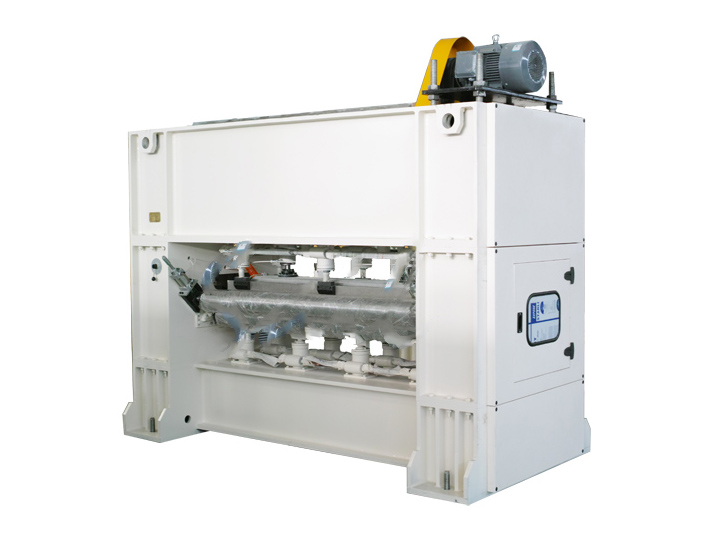
High speed needle punching machine
-
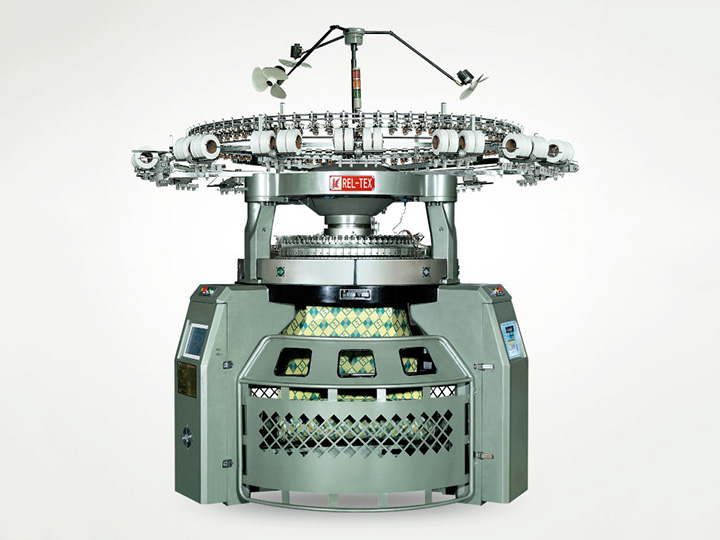
Jacquard machine
-
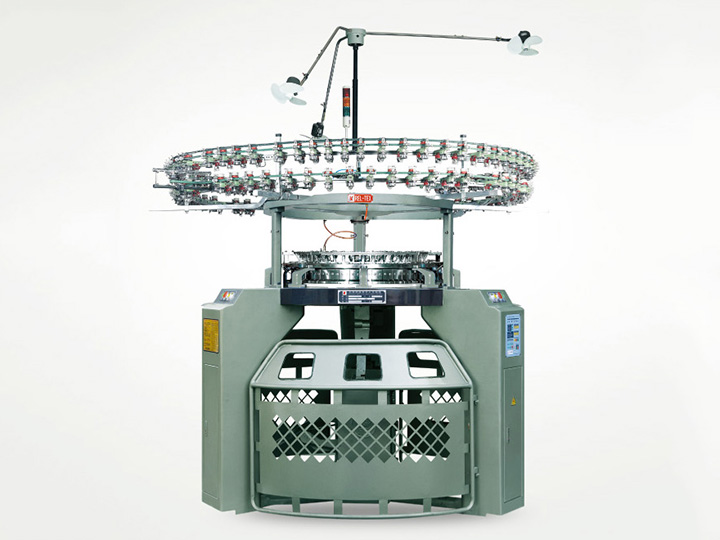
Towel knitting machine
-
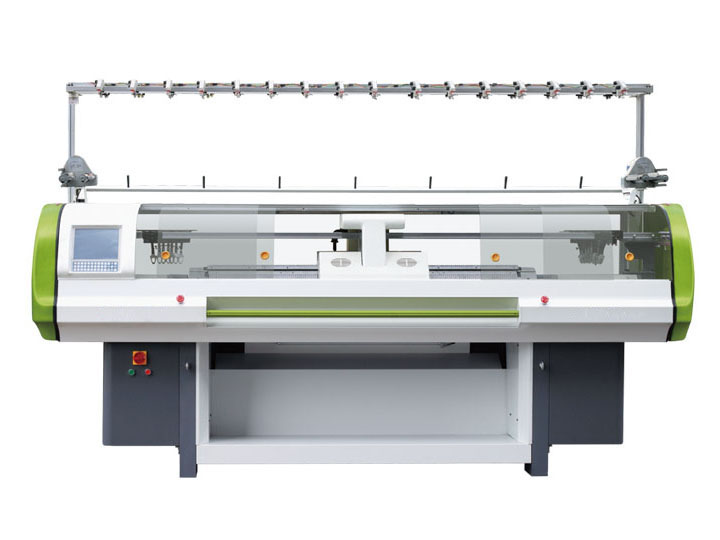
Computerized flat knitting machine
-
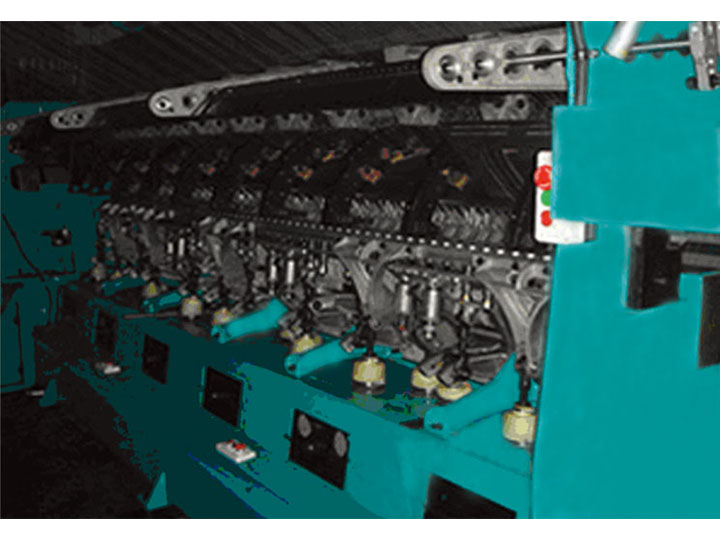
Jacquard warp knitting machine
-

Lola
-
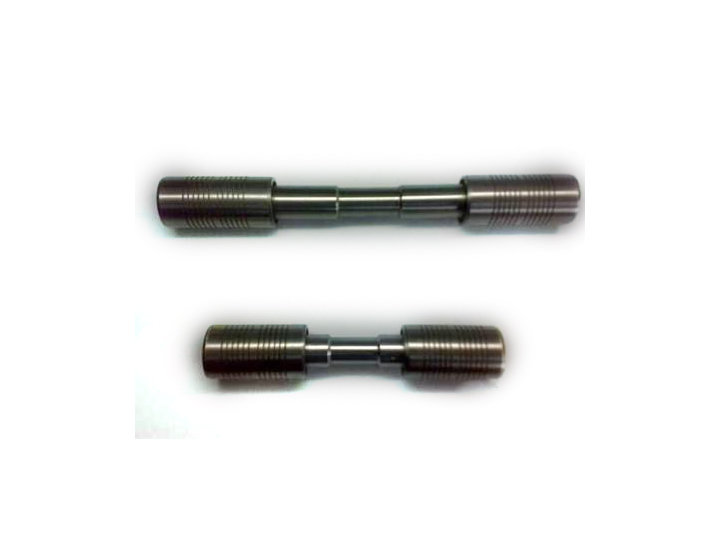
Leather roller bearing









